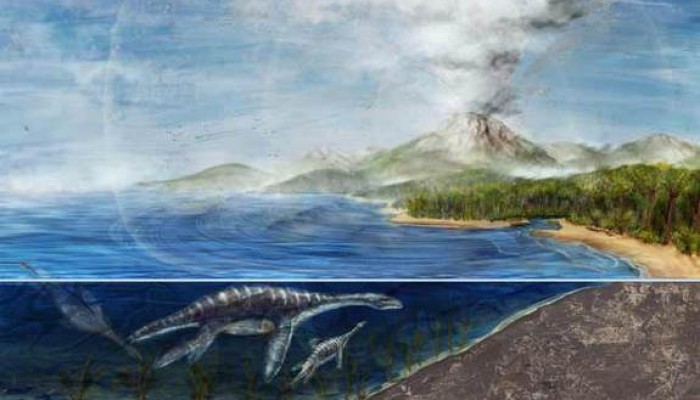This was originally posted here.
Mass extinctions are insanely catastrophic, but important, events that punctuate the history of life on Earth. The Jurassic/Cretaceous boundary, around 145 million years ago, was originally thought of to represent a mass extinction, but has subsequently been ‘down-graded’ to a minor extinction event based on new discoveries.
However, compared to other important stratigraphic boundaries, like the end-Triassic or the end-Cretaceous, both time periods representing mass extinction events, the Jurassic/Cretaceous (J/K) boundary actually remains really poorly understood. This is both in terms of what was going on with different animal groups at the time, and what environmental changes were occurring alongside this.
Well, I have a new research paper out now that synthesises more than 600 research articles, bringing them together to try and build a single picture of what was going on around this time! It’s free to read here, and is essentially the literature review from my thesis, or as I like to think of it, the justification for my existence as a researcher!

